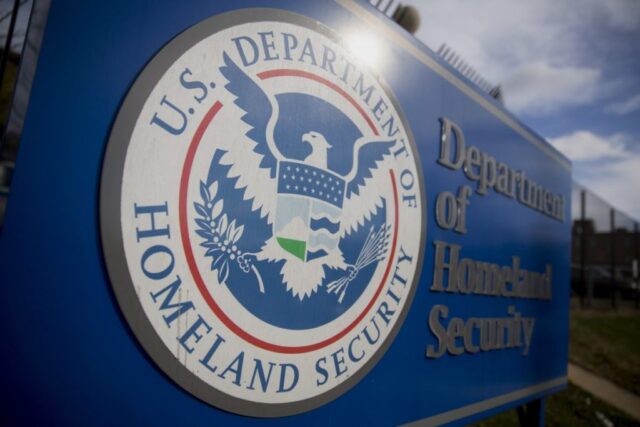Laura Barron-Lopez:
Let’s turn now to possible security lapses in New Orleans.
For that, I spoke a short time ago with Juliette Kayyem, a former assistant secretary at the Department of Homeland Security and faculty chair of the Homeland Security Program at Harvard’s Kennedy School.
Juliette, thank you so much for joining us today.
Given your expertise, how was a vehicle able to ram into a crowd? And, from a physical security standpoint, could more have been done to prevent this?
Juliette Kayyem, Former U.S. Department of Homeland Security Assistant Secretary: The evidence is starting to suggest yes.
So, in 2016, New Orleans changed its sort of safety and security positioning for Bourbon Street specifically. That was after two major terrorist attacks in Europe, in Nice in France and Berlin in Germany, in which automobiles were used.
In that instance, or afterwards, New Orleans put up three different security measures. It’s the barricades, the bollards, which we will get to in a second, and then basically trucks. But it’s basically sanitation trucks, so that you would have this layered security.
What we’re starting to learn and what’s being disclosed is that that second, these sort of cement entities that would really essentially tear up a car if it was trying to ram through Bourbon Street, were not functioning, that they were being upgraded, presumably for the Super Bowl in a couple weeks, and, therefore, were not ready for this big event.
And that’s what everyone is focused on right now is whether alternative measures, alternative security were used, and whether they were sufficient enough.
Look, any terrorist who really wants to kill could have just gone down the street and gotten another group of people. But, obviously, you want to protect areas that are going to have the greatest risk and the greatest density of people.

















































